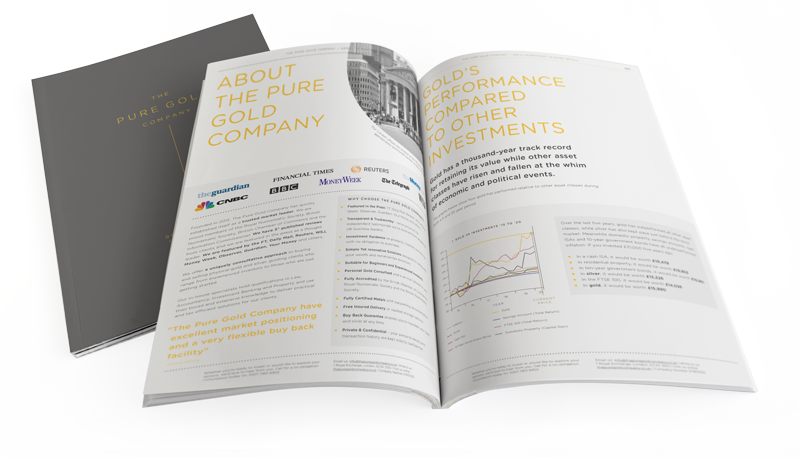Investing always comes with risk. There are different types and different degrees of risk, but all of them mean your investment could be worth less tomorrow than it is today. Taking bigger chances means the potential for greater returns but it can also mean larger losses. So, what are the risks inherent in investments? How do you measure them? How much risk can you stomach? And how can you mitigate these dangers to protect your future?
Investment risk
Investing is a way to increase your assets, putting them to work to (hopefully) build wealth, stave off inflation, and increase value. But all investing comes with some risk. Even if you do nothing, you run the gauntlet of inflation, meaning your money won’t buy you as much in the future as it did when you put it under the mattress.
Investment risk is the possibility that your investment will fail. Generally, investments that come with higher risk also come with the potential for higher gains, because investors demand greater compensation for shouldering that risk. But it’s important to remember the pendulum can swing both ways – the higher the risk the greater the potential gains OR losses.
There are many different types of financial risk depending on your investment. There are those that affect an entire market, like political upheaval (including elections and coups), or events that affect the entire economy (Liz Truss’s disastrous mini-budget of 2022 is a case in point). Investments are also influenced by factors like changes in interest rates, inflation, and currency fluctuation. These risks can be inherent in most types of investments, from simple, mostly low-risk government bonds, to complex and sometimes high-risk investment products like derivatives.
If you’re invested in the stock market, you are subject to business risk (the possibility that a company could go out of business and its shares become worthless). Corporate or government bonds, which are essentially loans you make to either a company or government in return for interest payments and your original investment back, come with credit risk (the possibility that the company or government cannot meet its interest payment obligations). Government bonds are generally seen as lower risk than corporate bonds, but then they pay less interest.
Counterparty risk
Across the spectrum of investments, there is almost always some element of counterparty risk. This is the danger that the other party to your investment (for example a bank if you have savings or a mortgage, a broker or clearing house if you buy shares, or a government or company if you buy bonds), won’t, or can’t, honour their commitment and you lose some or all of your investment.
Unless you’re a seasoned finance professional it is difficult to know where the risk lies. We place our trust in all sorts of institutions every day, from banks to tech companies to online retailers, agreeing to terms and conditions without reading the fine print. But if you want to ensure your investments grow, understanding the dangers inherent in investing means doing your research, asking questions of the people or websites selling these investments, and making an informed decision that’s right for you.
How much risk is right for you?
Risk appetite is very personal. Some people are naturally averse to it, while others prefer the thrill of the opportunity. Where you fall on this spectrum will inform the types of investments you make. But alongside risk appetite, it’s important to understand what you want to get out of an investment, as this directly impacts how much risk you should be willing to take on.
A person nearing retirement who will soon be relying on their pension will avoid taking too many chances because they won’t have the luxury of time to rebuild their asset value if their investments fail. But a recent graduate starting out on their investment journey, with time on their hands, may choose high-risk investments in the hope they will deliver high returns but also have more time to make back any major losses.
Mitigating risk
The most common way to mitigate investment risk is diversification. It adheres to the adage ‘don’t put all your eggs in one basket’, ie. ensure you have a wide selection of investment types so if one fails the others can counterbalance that loss.
A diverse portfolio could include investments like stocks, bonds, cash, property and alternative investments like commodities, with further diversification within each asset class. The hazards inherent in each investment aren’t exactly the same, so if one is adversely affected by an event, the others may weather the storm better.
Within assets, like stocks, it is prudent to diversify across sectors and risk profiles, for example buying tech stocks alongside utilities like power companies. The former can be high risk with the capacity for big gains but equal potential for big losses, while the latter is characterised by slow steady growth and low volatility.
The golden portfolio diversifier
Sector or company-specific risk can be mitigated by diversifying the types of stock you hold, but systemic risk, which affects the entire stock market system, will impact all shares to varying degrees. When markets are falling, investors look for safe-haven assets that are less likely to be buffeted by the tide of market volatility.
Gold is the most common safe-haven asset, and for this reason, it often rises while other asset classes are losing value. This negative correlation makes it a very effective diversification tool. When stocks fall, and they inevitably do at some point, gold has historically held its value or risen, making up for some of the losses in a diversified portfolio, thereby reducing risk.


